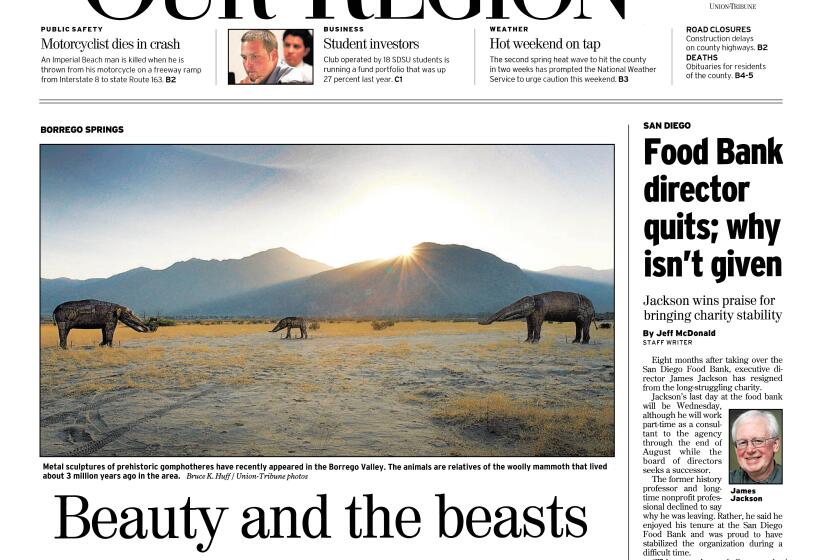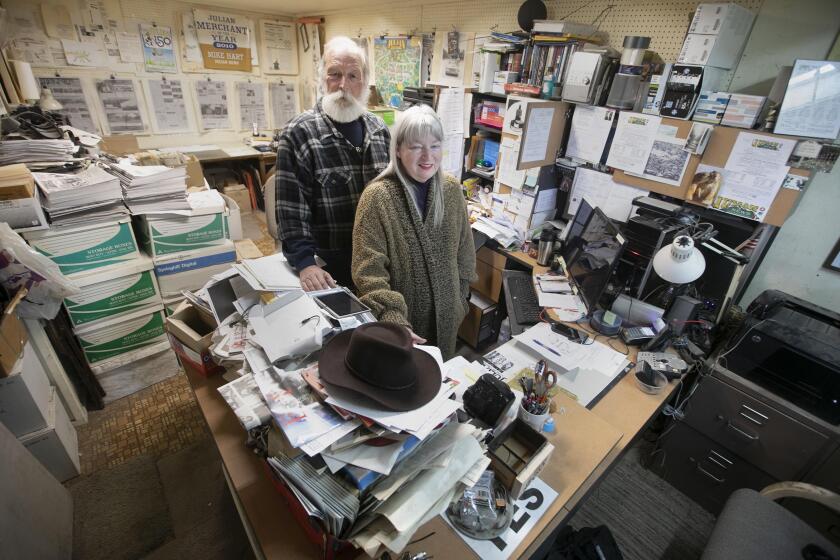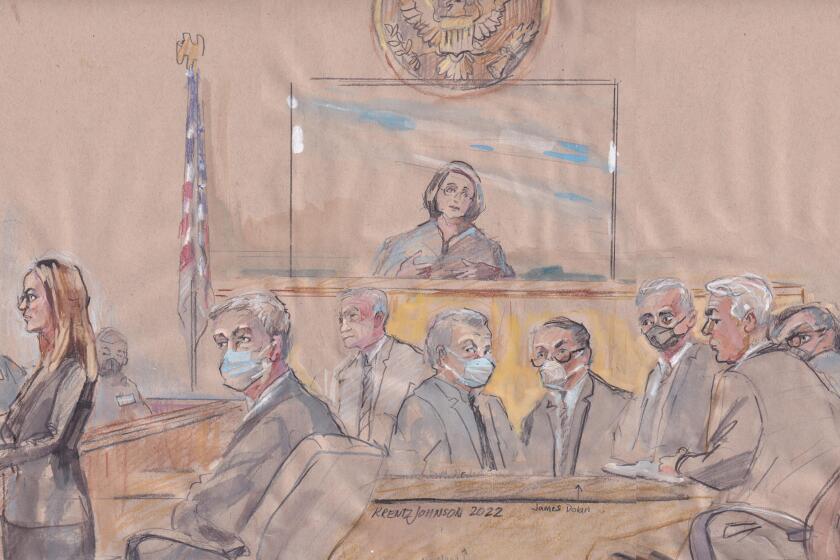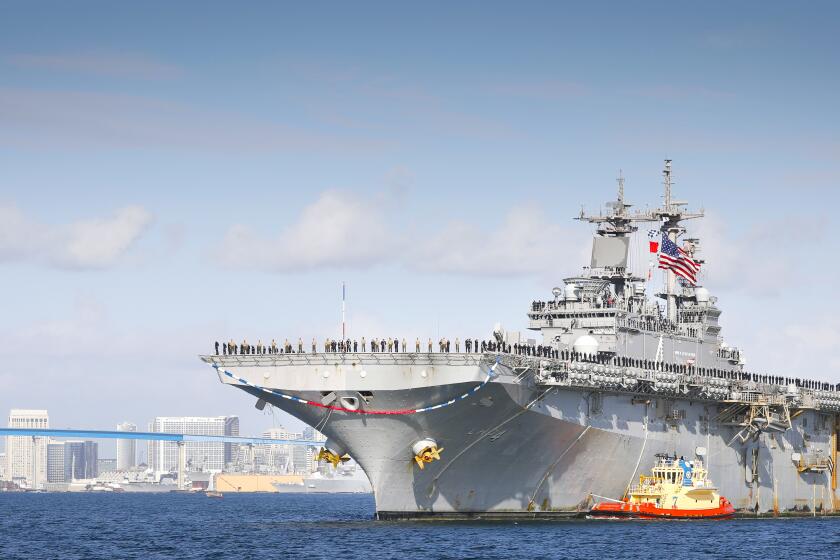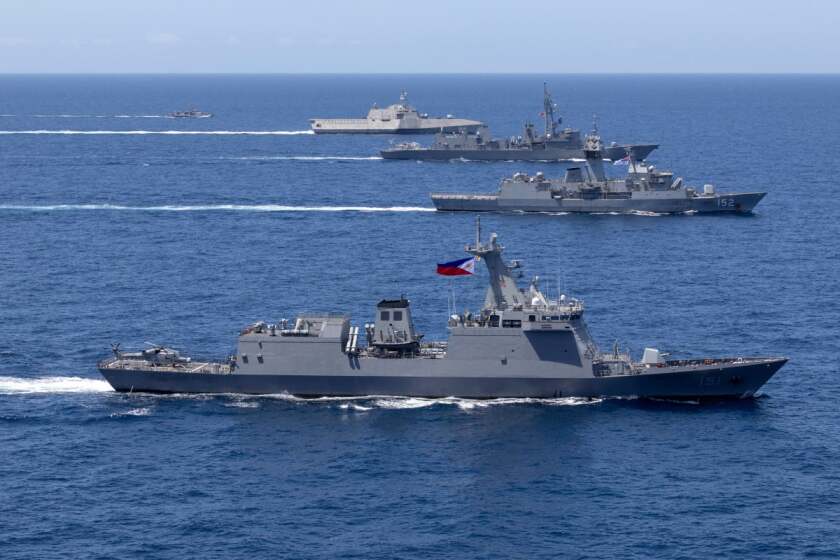Lt. awarded Medal of Honor 151 years later
With his dying breaths, Alonzo Hereford Cushing, a 22-year-old Union officer who had seen battle at many of the key engagements of the Civil War, whispered his final orders to his second-in-command.
Keep firing. Don’t give up.
It was July 3, the third day of the Battle of Gettysburg in the summer of 1863, and 1st Lt. Cushing was commanding 126 soldiers and six cannons positioned on Cemetery Ridge. His battery was at the apex of an assault, where Confederate Maj. Gen. George Pickett’s forces were trying to pierce the Union line.
Within the past few hours, all of Cushing’s officers had been killed during a bombardment of cannons. And all but two of his guns had been silenced.
Cushing was wounded in the abdomen and right shoulder. Refusing to evacuate, he directed the operation of his two remaining cannons.
When the rebels were less than 100 yards from his position, Cushing was fatally shot in the head.
Pickett’s Charge was repelled in part because of Cushing and in part because of countless other acts of bravery by many others that day. It was a pivotal moment in a day filled with pivotal moments in what historians consider the most important day of the most important battle of the Civil War.
Although the war would continue for two more years, Gen. Robert E. Lee’s Army of Northern Virginia never recovered from the Gettysburg defeat and was forced to withdraw to Virginia.
Cushing was born in Wisconsin and raised in New York.
Before the Battle of Gettysburg, he fought at Antietam, Fredericksburg and Chancellorsville, as well as the Battle of Bull Run. He occasionally served as a topographical engineer because he was good at drawing and mapmaking.
During the Chancellorsville Campaign, he was promoted to Command Battery A, 4th United States Artillery in the Army of the Potomac’s II Corps.
His bravery at Gettysburg was well-documented at the time. He has been called the most famous lieutenant to be killed during the Civil War, and he was buried with honors at West Point.
But it took 151 more years, in 2014, for the young hero to receive the Medal of Honor.
More than 60 of his descendants, some who now live in San Diego and other parts of Southern California and some who were named after him, attended the ceremony at the White House and an induction ceremony held the next day at the Pentagon. There, Jessica Loring — Cushing’s first cousin, three generations removed — said Cushing’s story is one of “loyalty, of courage and sacrifice, and service above self.”
More stories of honor
Cushing stood directly in the line of Pickett’s Charge “at basically ground zero of the attack,” Loring told journalists on the day of the Pentagon tribute.
During the battle, Cushing was told to retire and get medical help because he was badly wounded. Instead, he asked for his two remaining cannons to be moved to the stone wall, at the so-called Bloody Angle — a low, stone, angle-shaped wall.
Cushing biographer Kent Brown, a historian and an attorney in Lexington, Ky., spent more years researching Cushing’s life and act of bravery than Cushing lived.
“The kid took multiple wounds, one in the right shoulder and one, frankly, in the groin, the testicles, a hideous wound. And his thumb he burned to the bone covering the vent on that last gun he was alongside. And he would not give up his post,” Brown said.
The historian said Cushing’s second-in-command, Sgt. Frederick Fuger, who also received the Medal of Honor, “held Cushing up while he whispered the commands in Fuger’s ear, and the first sergeant would yell them to the gun crew. It must have been an incredible sight.
“This fellow simply would not give up his post, and he would go down before he would give it up. And he literally did.”
jharry.jones@sduniontribune.com
Get Essential San Diego, weekday mornings
Get top headlines from the Union-Tribune in your inbox weekday mornings, including top news, local, sports, business, entertainment and opinion.
You may occasionally receive promotional content from the San Diego Union-Tribune.


